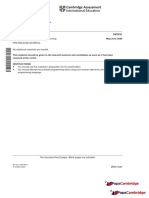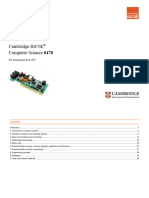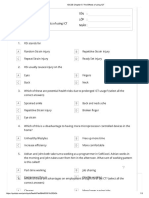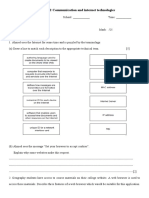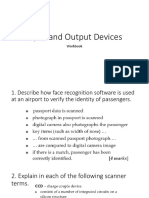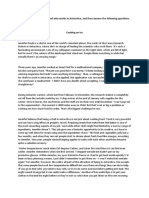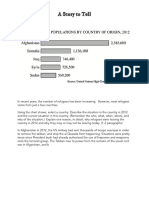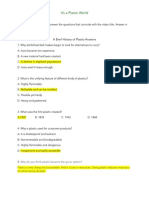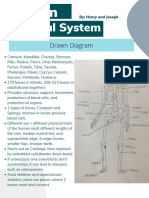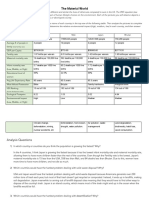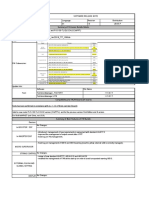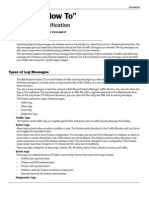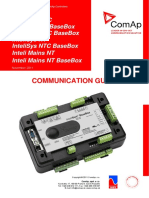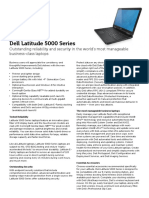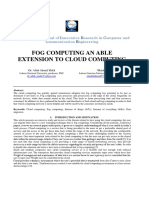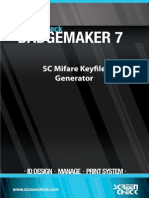0% found this document useful (0 votes)
263 views2 pagesIGCSE Computer Science Marking Scheme
This document provides the marking scheme for chapters 1 and 2 of the IGCSE Computer Science exam. It lists questions from the exam, the expected answers, and the number of marks awarded for each answer. The questions cover topics like USB ports, serial and parallel communication, error detection methods like parity checks and ARQ, binary and hexadecimal conversions, functions of web browsers, networking concepts like IP addresses and MAC addresses.
Uploaded by
henry bhoneCopyright
© © All Rights Reserved
We take content rights seriously. If you suspect this is your content, claim it here.
Available Formats
Download as PDF, TXT or read online on Scribd
0% found this document useful (0 votes)
263 views2 pagesIGCSE Computer Science Marking Scheme
This document provides the marking scheme for chapters 1 and 2 of the IGCSE Computer Science exam. It lists questions from the exam, the expected answers, and the number of marks awarded for each answer. The questions cover topics like USB ports, serial and parallel communication, error detection methods like parity checks and ARQ, binary and hexadecimal conversions, functions of web browsers, networking concepts like IP addresses and MAC addresses.
Uploaded by
henry bhoneCopyright
© © All Rights Reserved
We take content rights seriously. If you suspect this is your content, claim it here.
Available Formats
Download as PDF, TXT or read online on Scribd
/ 2

